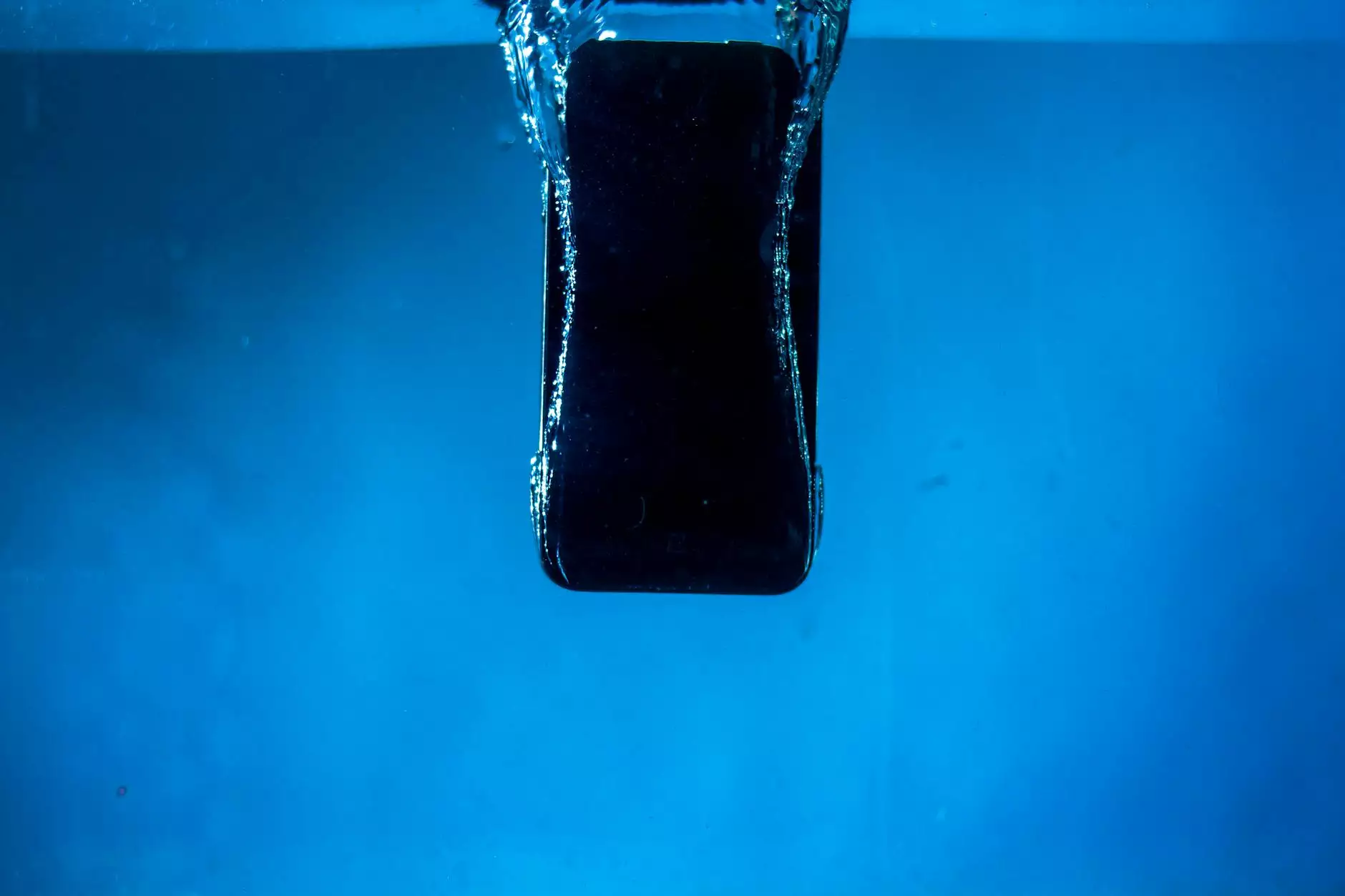Instruments Used for FESS Surgery: A Comprehensive Overview

In the realm of modern medical advancements, functional endoscopic sinus surgery (FESS) stands as a pivotal procedure for treating chronic sinusitis and other related conditions. This minimally invasive surgery aims to restore normal sinus function, offering patients relief from persistent symptoms. At the heart of FESS surgery lies a variety of specialized instruments that are designed to enhance the precision and safety of the procedure. In this article, we will delve deeply into the instruments used for FESS surgery, exploring their functions, importance, and the technological innovations that accompany them.
Understanding FESS Surgery
Before we explore the tools of the trade, it is crucial to understand the context within which these instruments are employed. FESS is a surgical technique that utilizes an endoscope—a small, tubular instrument with a camera and light—to visualize the nasal cavity and sinuses. This method allows surgeons to remove blockages, such as polyps or diseased tissue, thereby restoring the natural flow of sinus drainage.
Why FESS is Performed
FESS is typically indicated for patients experiencing:
- Chronic Sinusitis: Inflammation of the sinus lining lasting over 12 weeks.
- Nasal Polyps: Benign growths that can obstruct sinus drainage.
- Recurrent Sinus Infections: Frequent episodes of sinus infections that don’t respond to medical treatment.
- Allergic Fungal Sinusitis: A condition where fungi cause inflammation in the sinus.
The Essential Instruments Used for FESS Surgery
Now let us explore the critical instruments used for FESS surgery, understanding their application and relevance in achieving successful surgical outcomes. Each instrument serves a unique purpose, and together they create a comprehensive toolkit for surgeons.
1. Endoscopes
At the core of FESS surgery is the endoscope. This tool is tailored specifically for navigating the intricate pathways of the sinuses. Modern endoscopes are equipped with high-definition cameras that provide vivid images of the surgical area, enabling surgeons to operate with unparalleled accuracy.
2. Suction Devices
Suction devices are vital for maintaining a clear surgical field. They help to remove blood, mucus, and any debris that may obscure the surgeon's view. These devices are designed to operate quietly and efficiently, which is crucial during delicate procedures.
3. Forceps
Forceps come in various shapes and sizes and are instrumental in grasping and manipulating tissue within the sinus cavities. Surgical forceps used in FESS are typically designed to have a fine tip, allowing for precision when handling delicate sinus tissue.
4. Scissors
Surgical scissors are indispensable tools for cutting tissue and are specifically designed for use in the nasal cavity. They feature curved blades that enhance visibility and control when performing dissections.
5. Dilators
Dilators are used to widen sinus openings, which can be critical for allowing better drainage post-surgery. They help to ensure that sinus passages are sufficiently enlarged to prevent future obstructions.
6. Balloon Catheters
In recent years, balloon catheters have emerged as revolutionary tools in FESS surgery. These devices are inserted into the sinus openings and artificially enlarged, providing immediate relief from blockage and promoting long-term patency. The balloon is inflated gently to expand the sinus opening without the need for extensive tissue removal.
7. Surgical Navigation Systems
Integrating technology into surgery, surgical navigation systems assist surgeons in precisely locating anatomical structures within the sinus cavities. By utilizing real-time imaging and position tracking, these systems greatly enhance the accuracy and safety of FESS procedures.
Innovations in FESS Instrumentation
The field of medical instrumentation is ever-evolving, and FESS surgery is no exception. Advancements in technology lead to the development of new tools that improve operational efficiency and patient outcomes.
Enhanced Visualization Tools
Newer endoscopic instruments now come with advanced visualization options, such as fluorescence imaging and augmented reality overlays, providing surgeons with enhanced insights into the structural complexities of the sinus anatomy.
Robotic-Assisted Surgery
The incorporation of robotic systems into FESS surgeries is gradually gaining traction. These systems enable surgeons to perform highly precise movements with increased dexterity, often resulting in reduced recovery times and improved surgical outcomes.
Post-Surgical Care and Instrument Importance
The instruments used in FESS surgery not only play a crucial role during the procedure but also impact post-surgical care. Instruments like suction devices ensure the patient can maintain clear airways, while tools involved in creating larger sinus openings reduce the likelihood of future infections.
Conclusion: The Future of FESS Surgery Instruments
In conclusion, the instruments used for FESS surgery are pivotal in ensuring successful outcomes for patients suffering from chronic sinus conditions. As technology continues to advance, these tools will become only more sophisticated, improving the precision and effectiveness of FESS procedures. Staying informed about innovations in surgical instrumentation is essential for both healthcare professionals and patients alike, as these developments shape the landscape of sinus surgery and overall health care.
For those involved in health and medical fields, understanding how these instruments function and their role in patient recovery is paramount. As we move forward, the focus must remain on merging technology with skill to enhance and perfect the art of surgery.
Get in Touch with New Medical Instruments
If you’re looking to learn more about the instruments used for FESS surgery or wish to explore the latest advancements in medical supplies, visit new-medinstruments.com for comprehensive insights and resources. Together, we can pave the way for better medical practices and optimal patient care.









